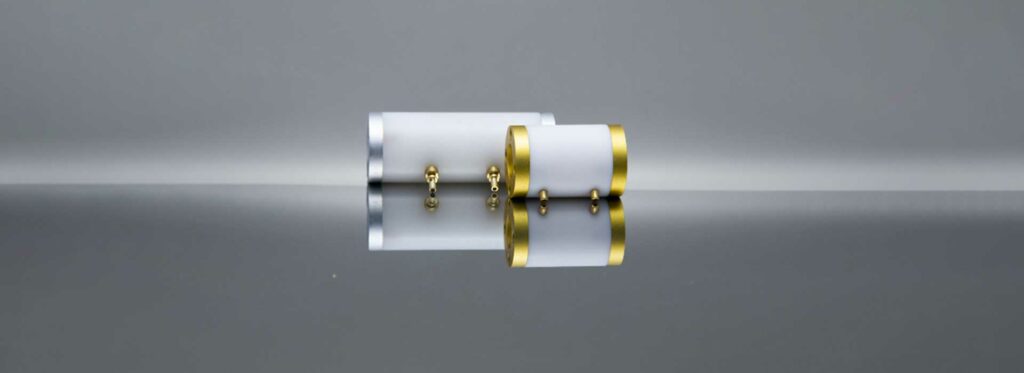Introduction
In the realm of laser technology, high repetition rate Pockels cells have gained significant traction due to their remarkable benefits. This article aims to delve into the advantages of these specialized electro-optic devices, shedding light on their application in laser systems and their contribution to the progression of optical technology.
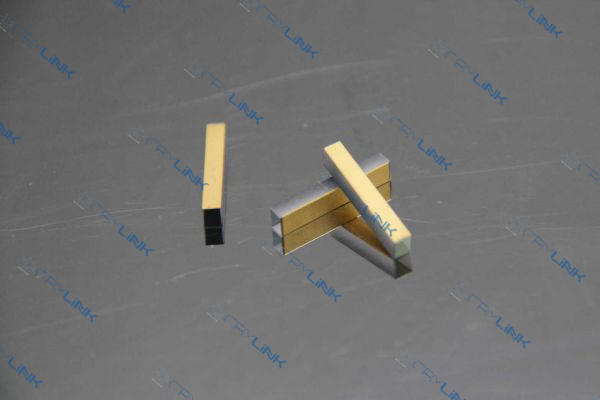
Understanding Pockels Cells
Before plunging into the advantages, it’s crucial to understand what Pockels cells are. Essentially, these are electro-optic devices leveraged in the manipulation of the polarization state of light passing through them. They work on the Pockels effect principle, allowing for rapid control of the light beam’s phase, intensity, and polarization.
1. The Principle of Operation
A Pockels cell operates on the basis of the Pockels effect, a linear electro-optic effect. This principle states that an applied electric field can induce birefringence in an optical medium, altering the polarization state of the light that passes through it.
In a Pockels cell, the core component is a crystal, such as potassium dihydrogen phosphate (KDP), lithium niobate (LiNbO3), or beta-barium borate (BBO). This crystal is sandwiched between two electrodes. When a voltage is applied across these electrodes, it generates an electric field within the crystal, causing it to exhibit birefringence.
The light entering the Pockels cell, typically linearly polarized, experiences a change in polarization. This change depends on the voltage applied. When the light exits the cell, it passes through an analyzer (another polarizer), which further modifies the light’s intensity based on the altered polarization.
2. Key Components
As mentioned earlier, the core components of a Pockels cell are the electro-optic crystal and the electrodes. The choice of crystal is crucial, as different materials have varying electro-optic coefficients, affecting the device’s performance.
Apart from the crystal and electrodes, a Pockels cell also consists of an input polarizer, which ensures the incoming light has a defined polarization state, and an output analyzer that further modifies the light based on its altered polarization.
3. Types of Pockels Cells
There are different types of Pockels cells, classified based on their configuration. The longitudinal Pockels cell has the electric field applied along the direction of light propagation. This design requires high voltages for operation but can handle high-power beams.
4. Pockels Cells vs. Other Modulators
Pockels cells distinguish themselves from other optical modulators by their speed and precision. They can operate at very high frequencies and provide rapid, precise control over the polarization state of the light beam. This characteristic makes them highly desirable for applications requiring fast optical modulation, such as Q-switching in lasers.
5.High Repetition Rate: A Defining Characteristic
An essential attribute of the Pockels cells we’re focusing on is their high repetition rate. This characteristic is what sets them apart, allowing for their use in high-frequency applications. The high repetition rate refers to the frequency with which the Pockels cell can switch its voltage, directly impacting the light beam’s characteristics.
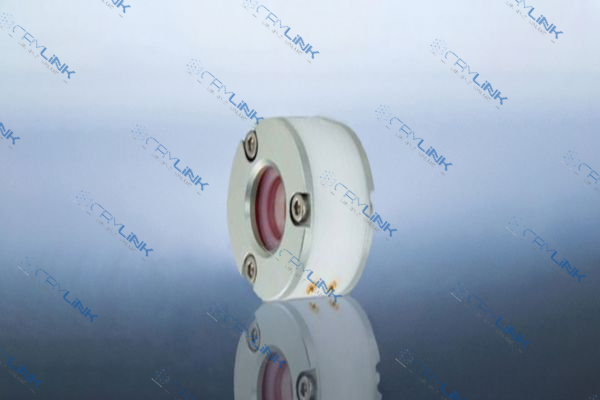
Advantages of High Repetition Rate Pockels Cells
Now, let’s dive into the key advantages of high repetition rate Pockels cells.
1. Superior Speed and Precision
The foremost advantage lies in their speed and precision. High repetition rate Pockels cells can operate at very high frequencies, thus allowing for rapid changes in the polarization state of the light beam. This feature enables fast, precise control over the beam, which is paramount in applications like laser beam chopping and Q-switching.
2. Enhanced Beam Quality
Secondly, these Pockels cells contribute to enhanced beam quality. By efficiently controlling the polarization state, they allow for superior beam shaping and steering capabilities. This advantage results in high-quality laser outputs, integral for precision-oriented applications.
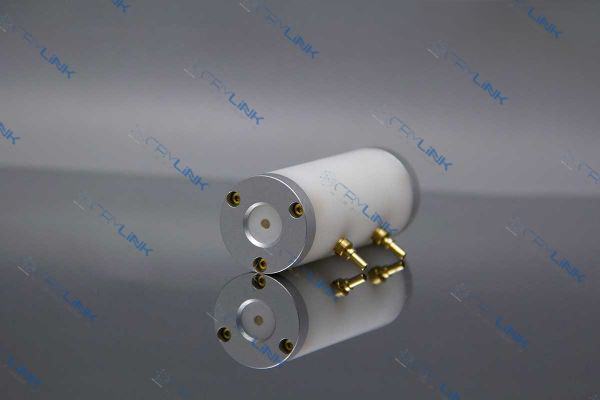
3. Versatility in Applications
Versatility is another significant advantage. High repetition rate Pockels cells find applications in a wide range of areas, from laser surgery and microscopy to material processing and laser marking. Their unique attributes make them an excellent choice for diverse laser system requirements.
4. High Damage Threshold
Lastly, these Pockels cells exhibit a high damage threshold. This property means that they can handle high power laser beams without suffering damage, thereby extending their longevity and ensuring reliable performance.
5.Superior Speed and Precision: A Closer Look
The value of superior speed and precision offered by high repetition rate Pockels cells cannot be overstated. In a world where technological advancements are measured in nanoseconds, these devices deliver rapid control over the light beam’s properties. This speed is crucial in applications that require fast chopping or modulation of laser beams.
The precision of high repetition rate Pockels cells is equally important. They allow for exact control over the light’s phase, intensity, and polarization. This precision is essential in applications such as interferometry or holography, where small deviations can lead to significant errors.
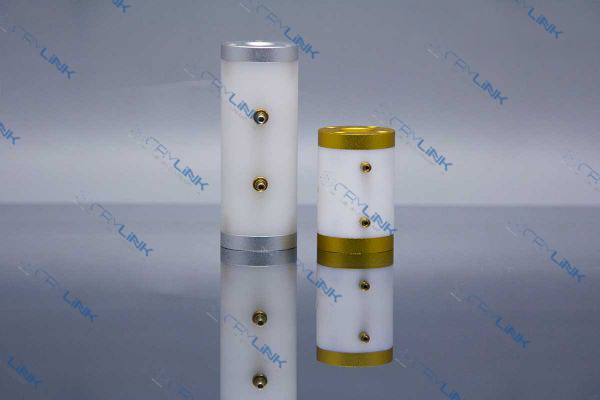
6.Enhanced Beam Quality: Unpacking the Benefits
The role of high repetition rate Pockels cells in enhancing beam quality is another standout advantage. Laser beams must be clean, stable, and well-defined for many applications. By precisely controlling the polarization state, these Pockels cells enable superior beam shaping and steering capabilities.
This control results in high-quality laser outputs that are particularly important in scientific research, medical procedures, and industrial processes. For instance, in laser surgery, the quality of the laser beam can directly impact the accuracy of the procedure and the patient’s recovery time.
7. Versatility in Applications: Exploring the Range
The versatility of high repetition rate Pockels cells is another compelling advantage. Their ability to operate at high frequencies with precise control makes them an excellent choice for diverse laser system requirements.
From medical applications like laser surgery and microscopy to industrial applications like material processing and laser marking, high repetition rate Pockels cells are making a significant impact. In research, they are used in laser Doppler velocimetry, non-linear optics studies, and more, showcasing their broad range of applications.
8. High Damage Threshold: Understanding the Implications
Lastly, the high damage threshold of these Pockels cells is a critical advantage. In laser systems, components often face intense energy loads, leading to potential damage or degradation over time.
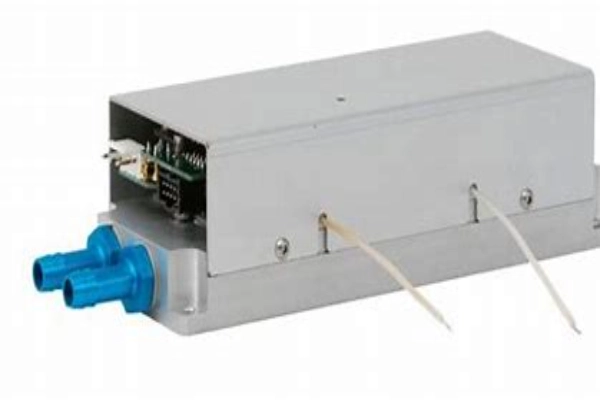
Applications of High Repetition Rate Pockels Cells
The versatility of high repetition rate Pockels cells manifests in various applications, each benefiting from the unique advantages these devices offer.
1. Q-Switching: Enhancing Laser Pulse Generation
In the realm of laser technology, Q-switching stands out as a technique that benefits significantly from high repetition rate Pockels cells. Q-switching is a method used to generate high-intensity laser pulses. The process involves storing energy in a laser medium and then releasing it in the form of a powerful laser pulse.
High repetition rate Pockels cells play a crucial role in this process. They act as the ‘switch’ that controls the release of energy from the laser medium. Given their ability to operate at high frequencies and provide precise control, they allow for precise control over the timing and duration of the laser pulses. This precision is instrumental in applications such as laser range finding, medical lasers, and laser-induced breakdown spectroscopy.
2. Laser Surgery: Advancing Medical Procedures
In the field of medicine, laser surgery has become a game-changer, and high repetition rate Pockels cells have a significant part to play. Laser surgery involves using lasers to cut or destroy tissue, and it requires a high degree of precision and control over the laser beam’s properties.
High repetition rate Pockels cells, with their ability to deliver precise, high-quality laser beams, contribute to improved surgical outcomes. Whether it’s refractive eye surgery, tumor removal, or skin treatments, these Pockels cells enhance the accuracy and effectiveness of the procedure.
3. Material Processing: Enabling Precision and Efficiency
Material processing applications, such as laser cutting, welding, and marking, also benefit from high repetition rate Pockels cells. These applications require fast, accurate control over the laser beam, both in terms of its intensity and its spatial distribution.
High repetition rate Pockels cells fulfill this need by offering rapid, precise control over the laser beam’s properties. This control leads to enhanced processing results, ensuring clean cuts, secure welds, and clear markings. From automotive manufacturing to microfabrication, these Pockels cells are contributing to increased efficiency and precision in material processing.
4. Ultrafast Optics: Paving the Way for Future Technologies
Another exciting application area for high repetition rate Pockels cells is in ultrafast optics, a field that deals with light pulses in the femtosecond range. Ultrafast optics is at the heart of technologies like optical communication systems, high-speed imaging, and ultrafast spectroscopy.
Conclusion
In conclusion, high repetition rate Pockels cells bring forth numerous advantages, spanning superior speed and precision, enhanced beam quality, versatility in applications, and a high damage threshold. Their contribution to the diverse applications within laser technology underscores their value and importance.
Frequently Asked Questions (FAQs)
- 1. What are high repetition ratePockels cells?
High repetition rate Pockels cells are electro-optic devices that manipulate the polarization state of a light beam passing through them. Their ‘high repetition rate’ characteristic refers to the frequency at which they can switch their voltage, enabling rapid control over the light beam’s properties. - 2. How do high repetition rate Pockels cells improve laser beam quality?
By effectively controlling the polarization state of the laser beam, high repetition rate Pockels cells facilitate superior beam shaping and steering capabilities. This control results in high-quality laser outputs, essential for precision-oriented applications. - 3. What applications are high repetition rate Pockels cells used in?
High repetition rate Pockels cells are versatile and find usage in various areas, including laser surgery, microscopy, material processing, laser marking, and Q-switching. Their unique attributes cater to diverse laser system requirements. - 4. What does ‘high damage threshold’ mean in the context of Pockels cells?
The ‘high damage threshold’ of high repetition rate Pockels cells refers to their ability to handle high power laser beams without suffering damage. This property extends their longevity and ensures their reliable performance. - 5. Why are high repetition rate Pockels cells ideal for Q-switching?
Q-switching requires precise control over the timing and duration of laser pulses. The high repetition rate of Pockels cells allows for this level of control, making them ideal for generating high-intensity laser pulses in Q-switching applications. - 6. Can Crylink provide high repetition rate Pucker boxes
Yes, there are three options available: BBO, RTP and DKDP Pockels Cells.

Frank
Frank graduated from the University of Shanghai for Science and Technology, majoring in optics. As a technical engineer at Crylink Company, he deeply understands crystal materials and laser components.
Related Video(s) with this Article
Related Product(s) with this Article
Related Application(s) with this Article

